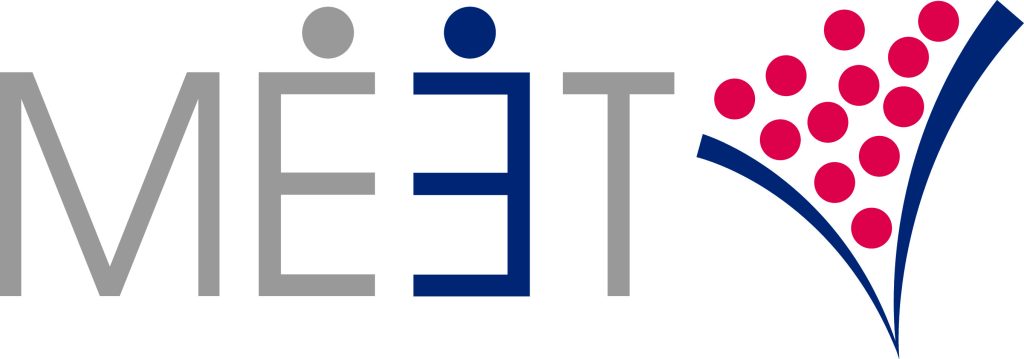The phrases “fail fast,” fail often,” and “fail better” abound the literature on successful entrepreneurship. Yet regardless of one’s exposure to the idea of failure, it’s never easy, particularly for entrepreneurs who have already experienced the feeling of starting a successful company.
 One of the greatest challenges foreign-based firms face with U.S. market entry is the fact that they’ve already succeeded in building a successful company at home. Internationalization is not simply more of the same. It requires a localization strategy that calls into question every assumption about your existing business model.
One of the greatest challenges foreign-based firms face with U.S. market entry is the fact that they’ve already succeeded in building a successful company at home. Internationalization is not simply more of the same. It requires a localization strategy that calls into question every assumption about your existing business model.
To explore this topic of localization and getting U.S. market entry right the first time around, we spoke with Priscila Bala, Head of the New York Office for Octopus Ventures and the driving force behind Question the Questions, a comprehensive resource guide on U.S. expansion.
Here’s how Priscila’s recommends starting the U.S. market entry process.
Understanding true costs
The first step Priscila recommends is to “sit tight at home and set up a little SWAT team” to tackle localization. This team must operate under the assumption that your existing business model and value proposition will not work in the new market. Everything must be tested and analyzed.
The task of localizing your business strategy for a new market requires immense resources, particularly the time and energy of this team.
“It’s critical that clients are aware of the cost on those people’s time and energy. Even if you think you’re not spending extra money to hire someone to do this work in the U.S., you’re taking these resources away from somewhere else.”
Market-testing
Similar to that first time you went to market, the first step to localization will be to validate your product with real U.S. customers. Priscila advises that getting these first few customers is critical to proving that your pricing model will work in the U.S. market.
Business models do not always transfer
A common pitfall among firms endeavoring U.S. market entry is the belief that because they are successful in one market, they’re going to be successful in another. Priscila recounted many cases where the scaling business model falls apart because the economics and value proposition between Europe and the U.S. are different, as is the shape of the industry and size of the competition.
“We had one case in which a company that was doing super well in Europe managed to fundraise $10 million from a U.S. investor only to die on the beach because the business model simply didn’t work.”
Localization means understanding the market, the industry, and the unique value proposition for entirely new early adopters. It also means reallocating your budget. Entering the U.S. market is not only going to cost more than you anticipated, but it’s also going to require you to allocate your budget from a localized perspective.
As Priscila explains, “the U.S. spends a lot more on marketing than other markets. Plus it’s going to be more competitive.” As a result, she recommends “leaning in on external resources—service providers, consultants, contractors, part-timers—to test your go-to-market strategy and figure out how to gather feedback from real customers.
Setting goals and a deadline
As we’ve referenced in a previous post on determining when is the right time to scale, exploring U.S. market entry is similar to sand in an hourglass. Time does run out. Money, investor support, employee retention: all are limited resources during a high stakes expansion.
This is why setting goals, milestones and a deadline for your U.S. market entry is key to getting it right the first time. Even more important, don’t sink the whole ship on your journey out to sea. Metrics may include the number of conversations with potential customers, key service providers secured, and strategic partnerships formed.
“Agree to a set of milestones for the next three months at which point the team reevaluates if it’s working. If not, you have to be willing to walk away.”
Redefining U.S. market entry success
Deciding that now is not the right time to scale to the U.S—before you’ve over-invested time and resources and strained your existing infrastructure—may be your best definition of success. The process of exploring U.S. market entry may also lead you down another path you never expected.
 “We’ve had a number of situations in which the process of U.S. market entry led clients to think about other markets.” Firms often take learnings from an initial scaling exploration and apply them to smaller, more centralized markets where their strengths are better appreciated. Two years later, with one successful scaling venture under your belt, you may be better prepared to tackle the U.S. market.
“We’ve had a number of situations in which the process of U.S. market entry led clients to think about other markets.” Firms often take learnings from an initial scaling exploration and apply them to smaller, more centralized markets where their strengths are better appreciated. Two years later, with one successful scaling venture under your belt, you may be better prepared to tackle the U.S. market.
In essence, getting U.S. market entry right the first time may mean going for it the second time around.
To hear more from Priscila about the challenges and best practices to U.S. market entry, check out our full interview: Reviewing Octopus Venture’s Treatise on U.S. Market Entry: “Question the Questions.”
For access to all of MEET’s webinar content on how to successfully scale your company in the U.S. market through trade shows and in-person events, subscribe to our YouTube Channel.
About
MEET (meetroi.com) helps international B2B growth companies soft land and scale in the U.S. through trade shows and in-person events. MEET’s processes help its clients ramp-up sales quickly and maintain a steady stream of high-quality prospects going forward. Contact Bill Kenney for a free, no-obligation consultation bill@meetroi.com or +1 (860) 573-4821.

